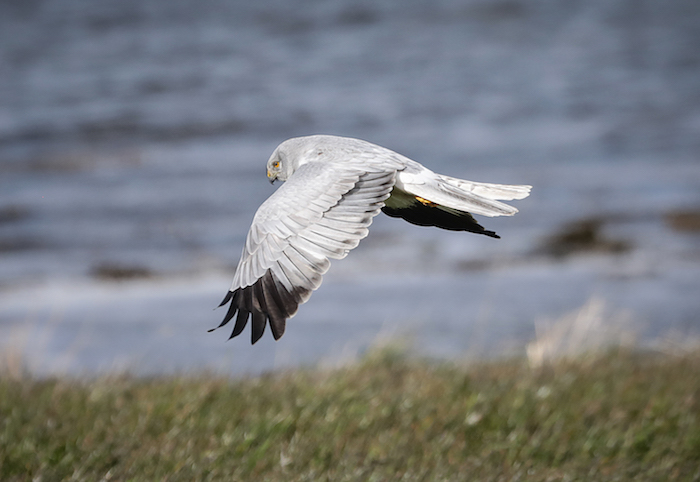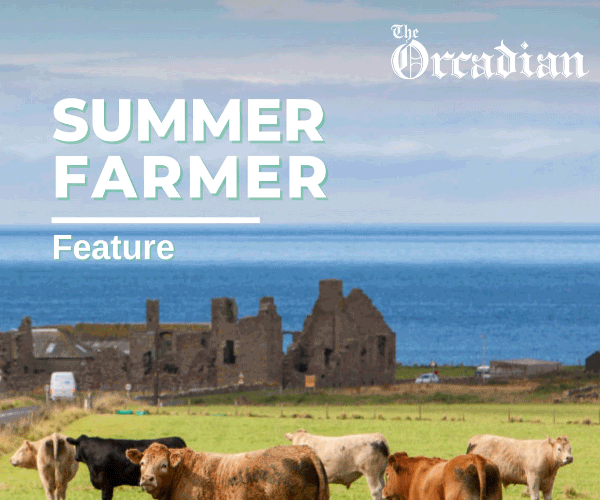Orkney remains a stronghold for hen harriers despite national decline

Orkney remains a stronghold for hen harriers despite a decline in the birds’ numbers across the rest of Scotland, according to the latest figures.
Numbers have fallen by 9 per cent in Scotland since 2010, according to the latest national survey of the birds, with the total population now estimated to be less than 500 breeding pairs.
However, these declines have not been seen in Orkney. The estimated number of territorial pairs in Orkney was 83 in 2016 compared to 74 in 2010 showing the importance of the islands for the threatened birds.
The fifth national hen harrier survey, in 2016, was carried out by the RSPB, Scottish Natural Heritage (SNH) and the Scottish Raptor Study Group, along with a range of other UK partners, and covered the whole of the United Kingdom and the Isle of Man.
In Scotland the results revealed a drop in breeding pairs to only 460, compared with 505 pairs from the previous survey in 2010. The UK population is now estimated at 545 breeding pairs.
This is the second successive decline in the Scottish hen harrier population revealed by national surveys, signalling a worrying trend. In the longer term, over the last 12 years, the number of breeding pairs has dropped by 27 per cent in Scotland.
Scotland is still a major stronghold for hen harriers, with 80 per cent of the UK population. Orkney and the Hebrides were the only areas of the country to show a slight increase in hen harrier numbers.
Harrier breeding fluctuates annually for many reasons – not all associated with wildlife crime. For example, 2016 was a poor year largely due to low vole numbers in Scotland with weather and predation shown to have played their part. Fifteen of our members, covering an area of 325,000 acres, will be working with the Heads Up for Harriers project again this year to better to understand the reasons for poor harrier breeding and to help rebuild the harrier population.”
Simon Wotton, lead author of the study, said: “This survey required a monumental effort from a number of different funders, organisations and volunteers – without their help, dedication and expertise we wouldn’t be able to build up this accurate picture of these magnificent birds of prey. We hope these results will convince everyone in a position to help hen harriers to take positive steps to ensure their protection and rebuild the country’s population for people to enjoy for generations to come.”

